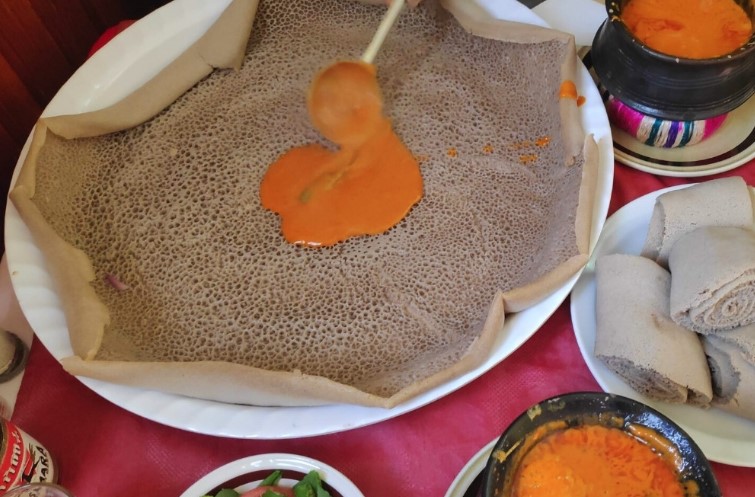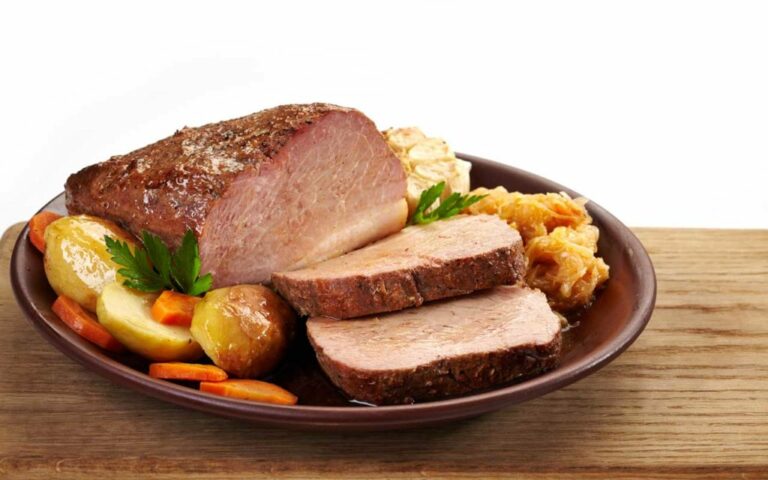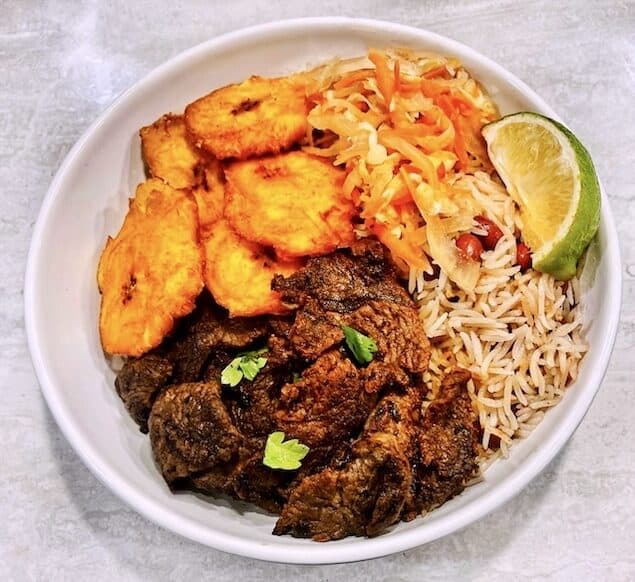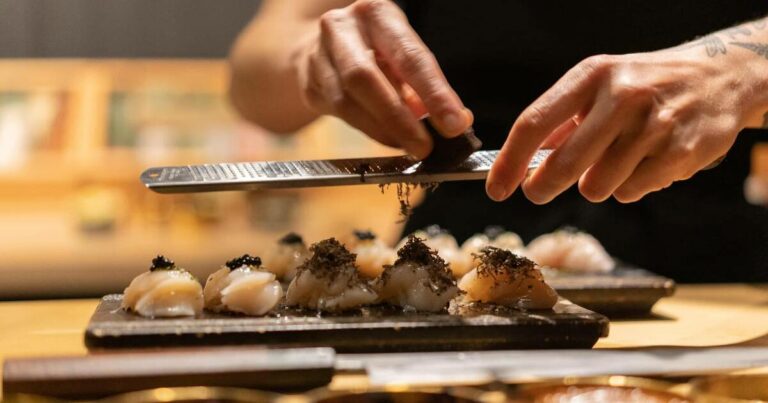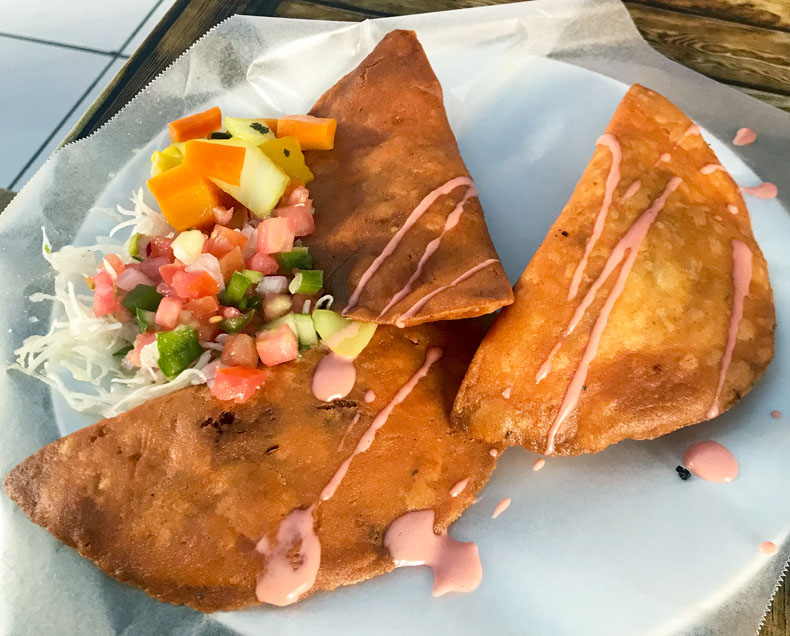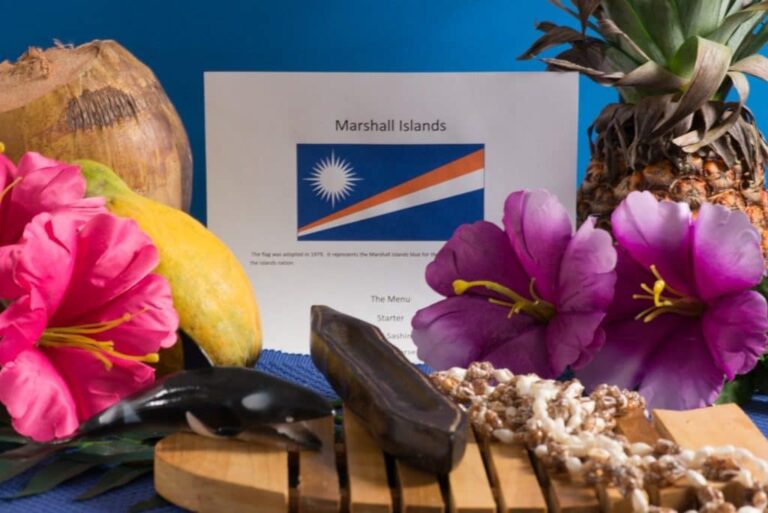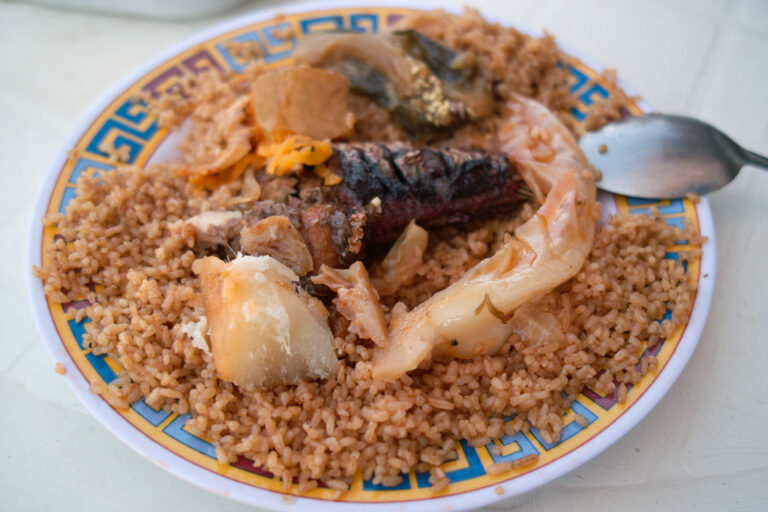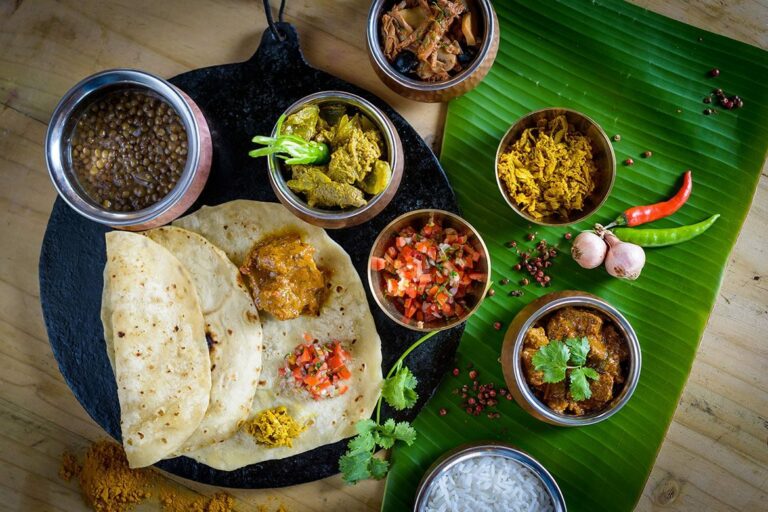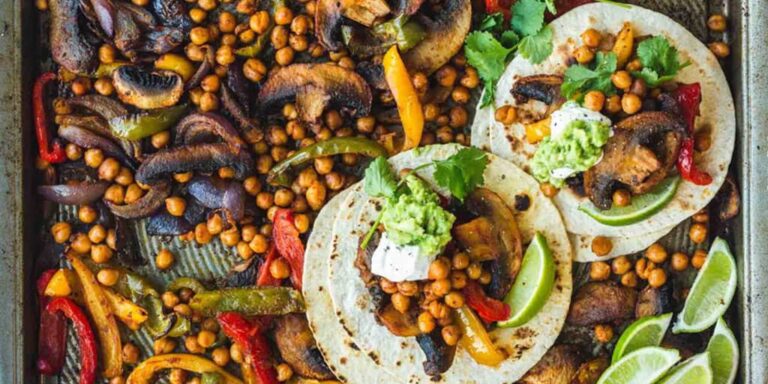Introduction
Eritrean cuisine is a blend of African, Middle Eastern, and Mediterranean flavors. The country’s location on the southeastern coast of the Red Sea has made it a crossroads of ancient trade routes, bringing with it influences from various cultures over time. The cuisine has evolved over centuries, with a mix of indigenous ingredients and techniques from neighboring countries.
Ancient Origins
Eritrean cuisine has roots in ancient Ethiopia, its predecessor state. The cuisine of the ancient Aksumite Empire, which flourished from the first to the sixth centuries, was notable for its use of grains, legumes, and spices. The empire was also known for its production of honey and wine, which were used in cooking. The Axumites traded with the Roman Empire, which influenced the cuisine in the region as well. The introduction of the Islamic religion in the 7th century brought new cooking methods, such as baking.
Colonialism and Foreign Influence
During the colonial period, the cuisine of Eritrea was influenced by foreign powers such as Italy and Britain. The Italians introduced pasta and tomato sauce during their 50-year occupation of Eritrea, which has become a staple in the Eritrean diet. The British introduced tea and brewing techniques, which are still used today. The cuisine also has Egyptian, Turkish, and Arab influences due to Eritrea’s location at the crossroads of several cultural and trade routes.
Eritrean Independence
After gaining independence from Ethiopia in 1993, Eritrea’s cuisine began to reflect its newfound national identity. The country’s traditional dishes were revived and promoted, using local ingredients and cooking techniques. Several restaurants featuring Eritrean cuisine opened across the country and in diaspora communities around the world.
Traditional Eritrean Dishes
Injera, a sourdough flatbread made from teff flour, is the most well-known traditional dish in Eritrea. It is used as a utensil to scoop up stews and sauces. Tsebhi, a spicy stew made with meat or vegetables, is also a popular dish. Other traditional dishes include shiro, a chickpea or lentil stew, and zigni, a spicy tomato-based beef stew.
Modern Eritrean Cuisine
Modern Eritrean cuisine is a blend of traditional and contemporary influences. Chefs are experimenting with fusion dishes, incorporating ingredients and techniques from other cuisines. Eritrean cuisine is gaining popularity in the United States and Europe, with several Eritrean-inspired restaurants opening in major cities.
Cultural Influences on Eritrean Cuisine
Eritrean cuisine has been influenced by the country’s rich history and diverse cultural heritage. The cuisine has been shaped by the indigenous ingredients and techniques of the region, as well as the cuisines of neighboring countries such as Ethiopia, Sudan, and Yemen. The influence of foreign powers such as Italy and Britain has also contributed to the evolution of Eritrean cuisine.
Future of Eritrean Cuisine
Eritrean cuisine is poised for growth and expansion in the future. Chefs are experimenting with new ingredients and techniques, and the cuisine is gaining popularity among food enthusiasts around the world. Eritrean cuisine has a unique flavor profile that sets it apart from other African and Mediterranean cuisines, and it has the potential to become a major player in the global culinary scene.


